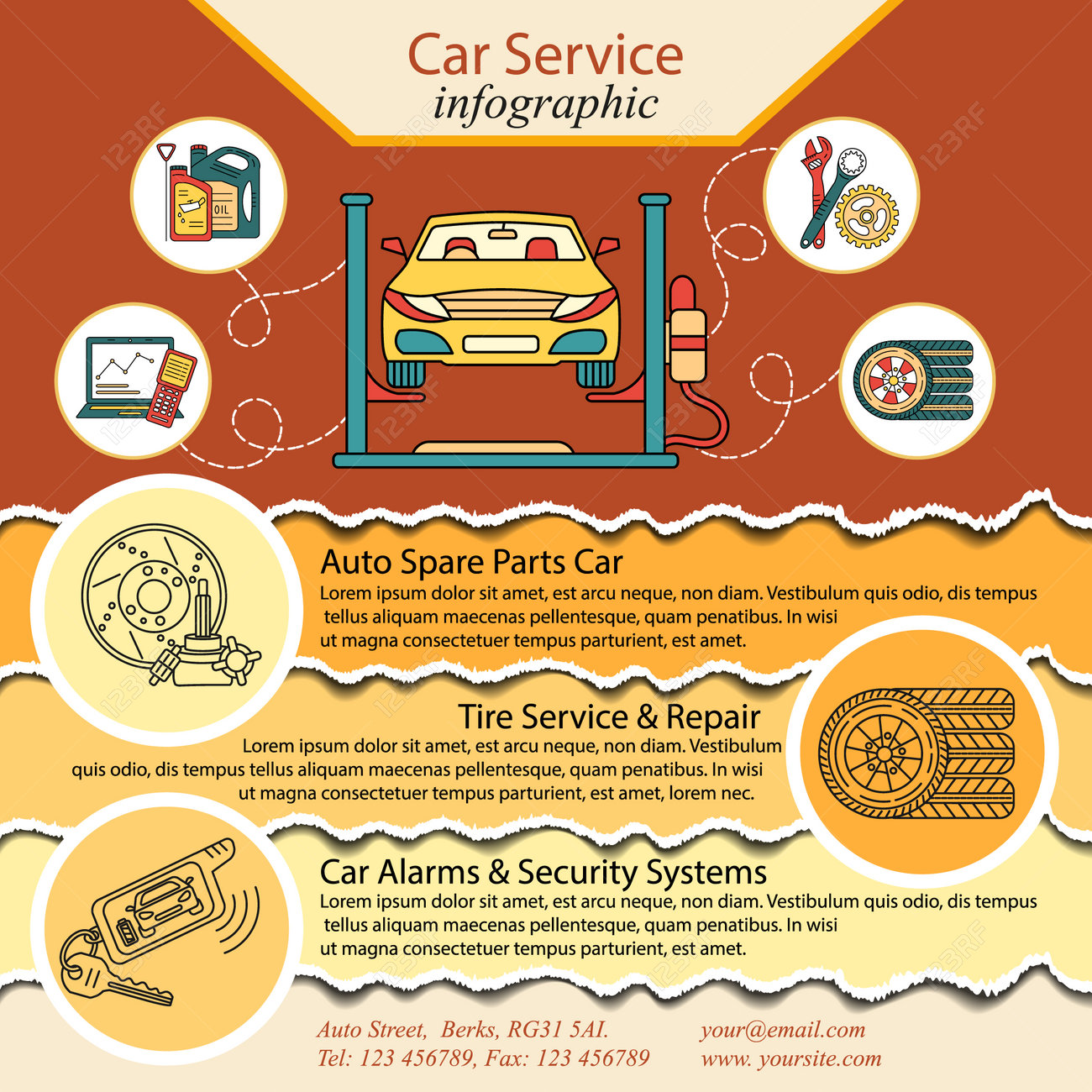Interested In Comprehending The Warning Lights On Your Automobile'S Control Panel? Discover Their Significance For Your Automobile'S Safety And Security And Total Condition
Interested In Comprehending The Warning Lights On Your Automobile'S Control Panel? Discover Their Significance For Your Automobile'S Safety And Security And Total Condition
Blog Article
Short Article Composed By-Lim Corbett
When you lag the wheel, those beautiful warning lights on your dashboard can be a bit bewildering. Do you recognize what they're attempting to tell you concerning your automobile's health? Recognizing the value of these lights is important for your security and the long life of your car. So, the following time among those lights appears, wouldn't you intend to analyze its message properly and take the needed steps to address it?
Common Warning Lights and Interpretations
Recognize usual warning lights in your cars and truck and understand their significances to make sure safe driving.
The most normal caution lights include the check engine light, which signals problems with the engine or exhausts system. If this light comes on, it's critical to have your lorry checked without delay.
The oil pressure cautioning light shows low oil stress, calling for immediate focus to avoid engine damages.
A blinking battery light could suggest a damaged charging system, potentially leaving you stranded if not dealt with.
The tire pressure tracking system (TPMS) light notifies you to low tire pressure, impacting car security and gas performance. Disregarding detailing truck could cause unsafe driving conditions.
The abdominal muscle light shows a problem with the anti-lock stopping system, endangering your capacity to stop promptly in emergency situations.
Lastly, the coolant temperature level cautioning light warns of engine getting too hot, which can result in severe damage if not dealt with promptly.
Comprehending these typical caution lights will certainly assist you attend to problems without delay and maintain risk-free driving problems.
Relevance of Prompt Attention
Recognizing the typical warning lights in your automobile is only the primary step; the relevance of without delay attending to these warnings can't be emphasized enough to ensure your safety and security when driving.
When a warning light illuminates on your dashboard, it's your automobile's method of communicating a possible issue that requires focus. Disregarding these warnings can result in much more severe problems down the road, compromising your safety and security and possibly costing you extra out of commission.
Prompt attention to alerting lights can protect against break downs and crashes. For instance, a flashing check engine light could show a misfire that, if left ignored, might trigger damages to the catalytic converter. Resolving this without delay can conserve you from an expensive fixing.
Likewise, a brake system alerting light might signal reduced brake liquid or worn brake pads, crucial parts for your security when driving.
Do It Yourself Troubleshooting Tips
If you see a caution light on your control panel, there are a couple of do it yourself fixing ideas you can try prior to seeking professional help.
The very first step is to consult your automobile's handbook to understand what the specific warning light shows. Occasionally the issue can be as simple as a loose gas cap causing the check engine light. Tightening up the gas cap may settle the problem.
An additional common issue is a reduced battery, which can activate numerous alerting lights. Checking https://www.fox13now.com/news/local-news/utah-auto-repair-shops-facing-backups-due-to-supply-chain-issues for rust and guaranteeing they're protected could fix the issue.
If a caution light continues, you can attempt resetting it by detaching the vehicle's battery for a couple of minutes and after that reconnecting it. In addition, examining your car's fluid levels, such as oil, coolant, and brake fluid, can help troubleshoot cautioning lights associated with these systems.
Verdict
Finally, understanding your vehicle's warning lights is important for keeping your automobile running smoothly and safely. By quickly attending to these signals and recognizing what they mean, you can avoid expensive repairs and possible failures.
Keep in mind to consult your auto's manual for certain information on each warning light and act appropriately to make certain a hassle-free driving experience.
Remain informed, stay secure when traveling!
